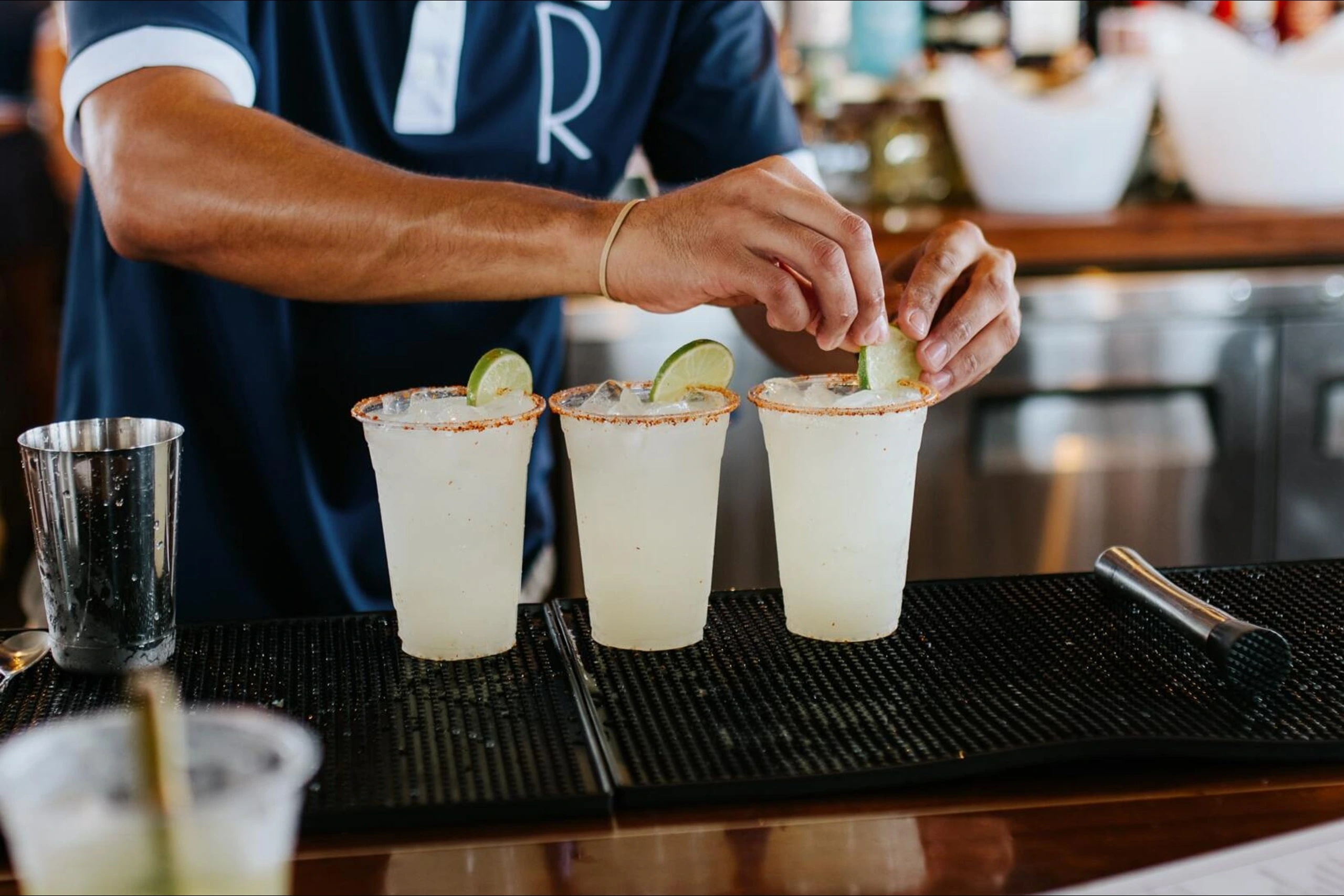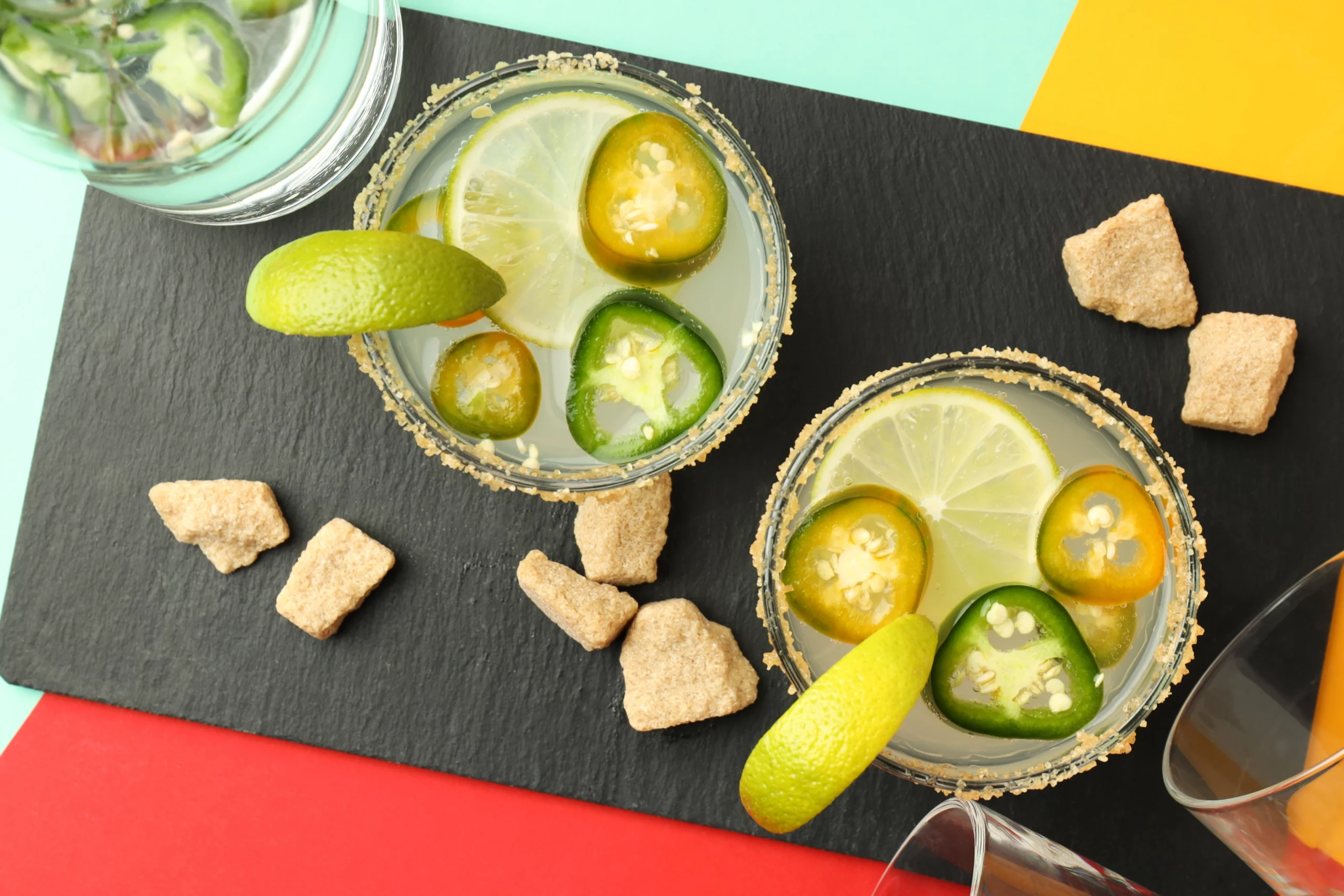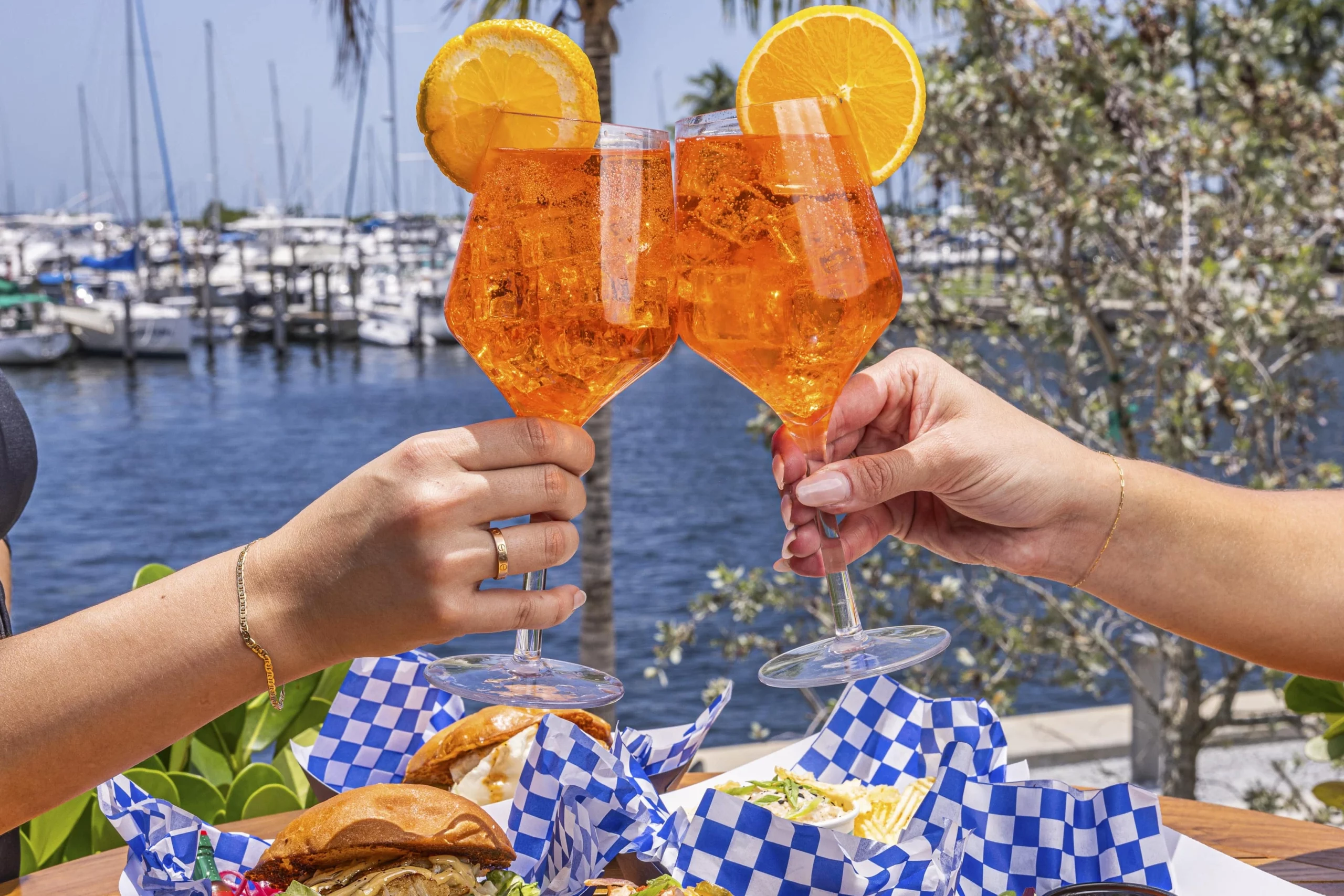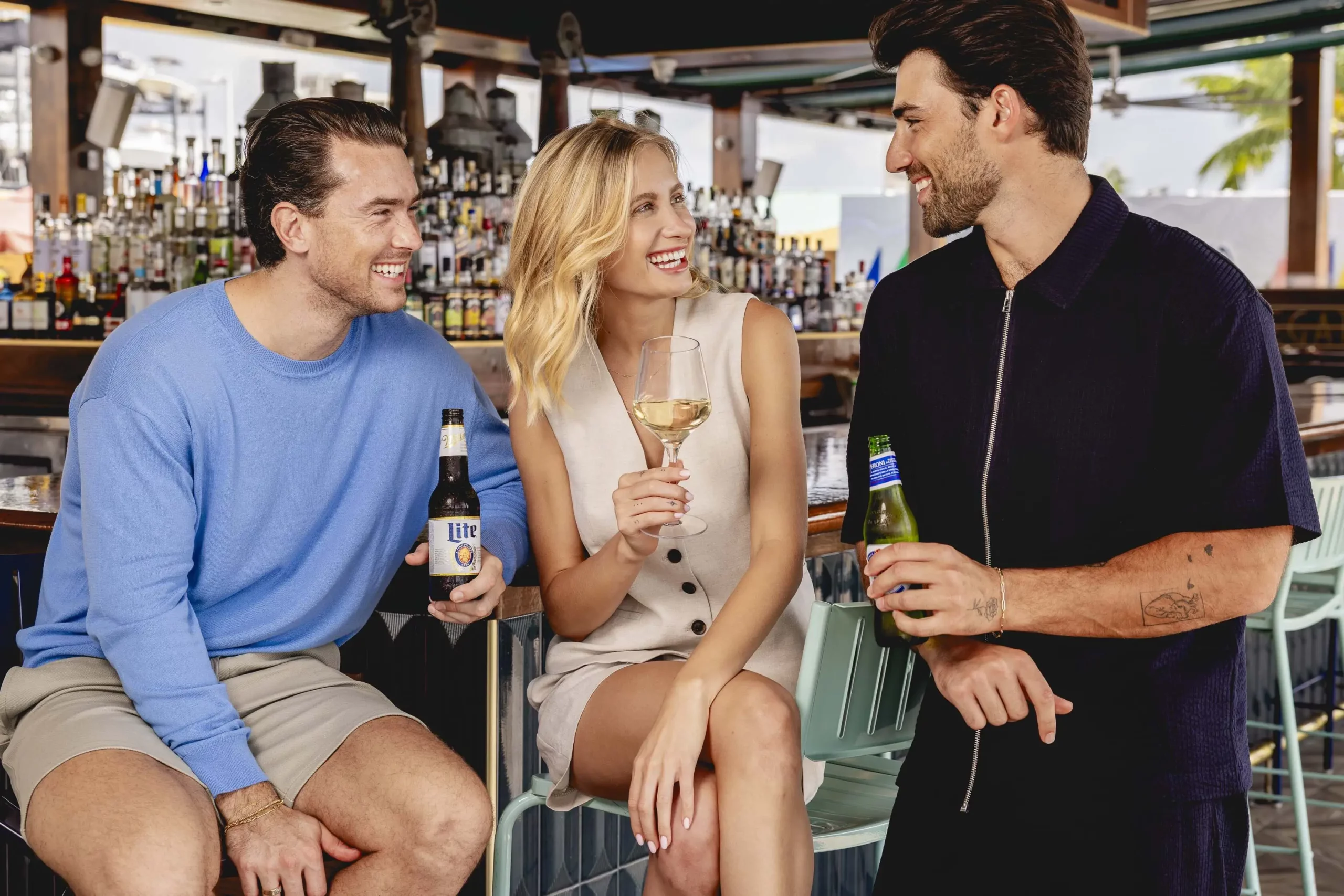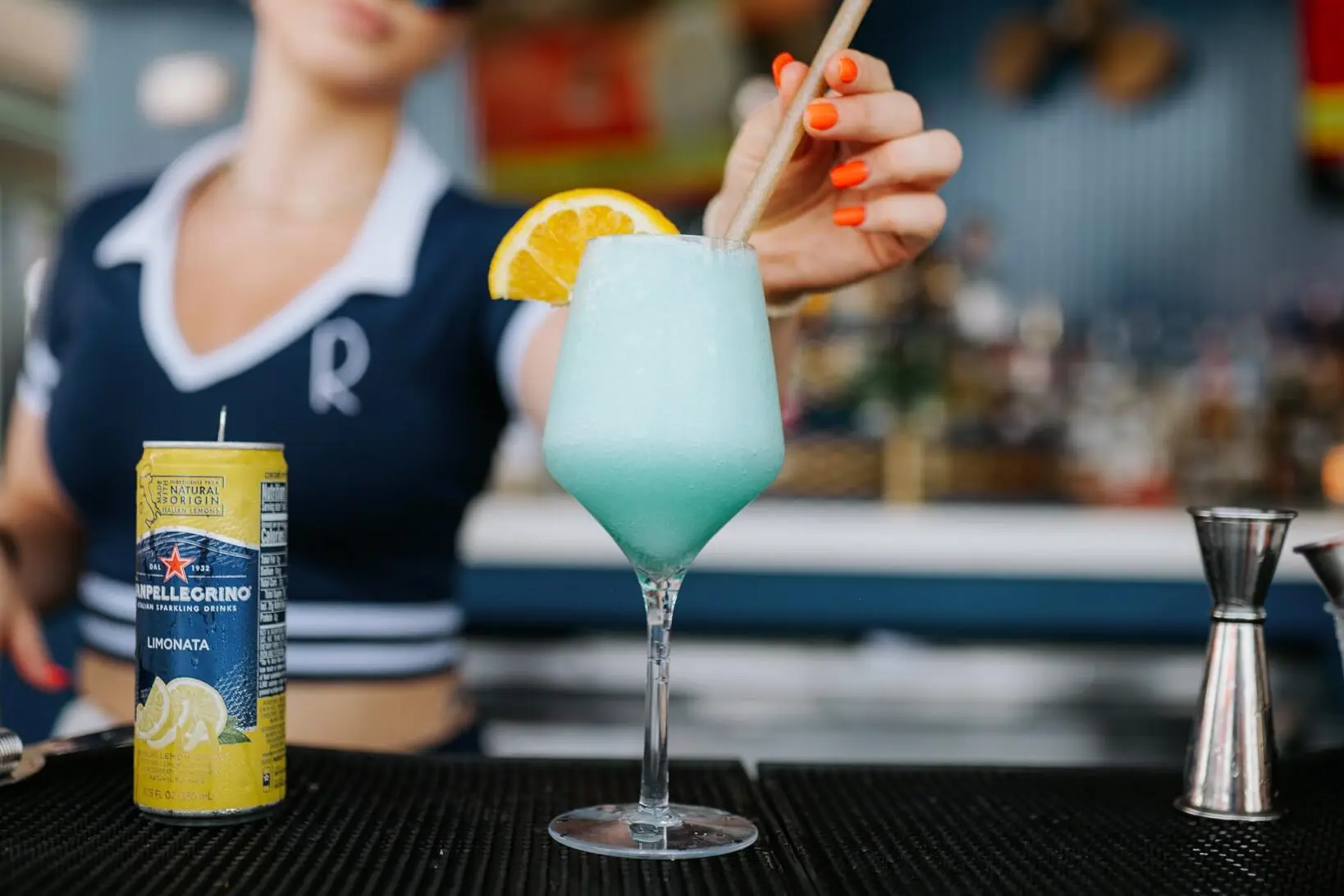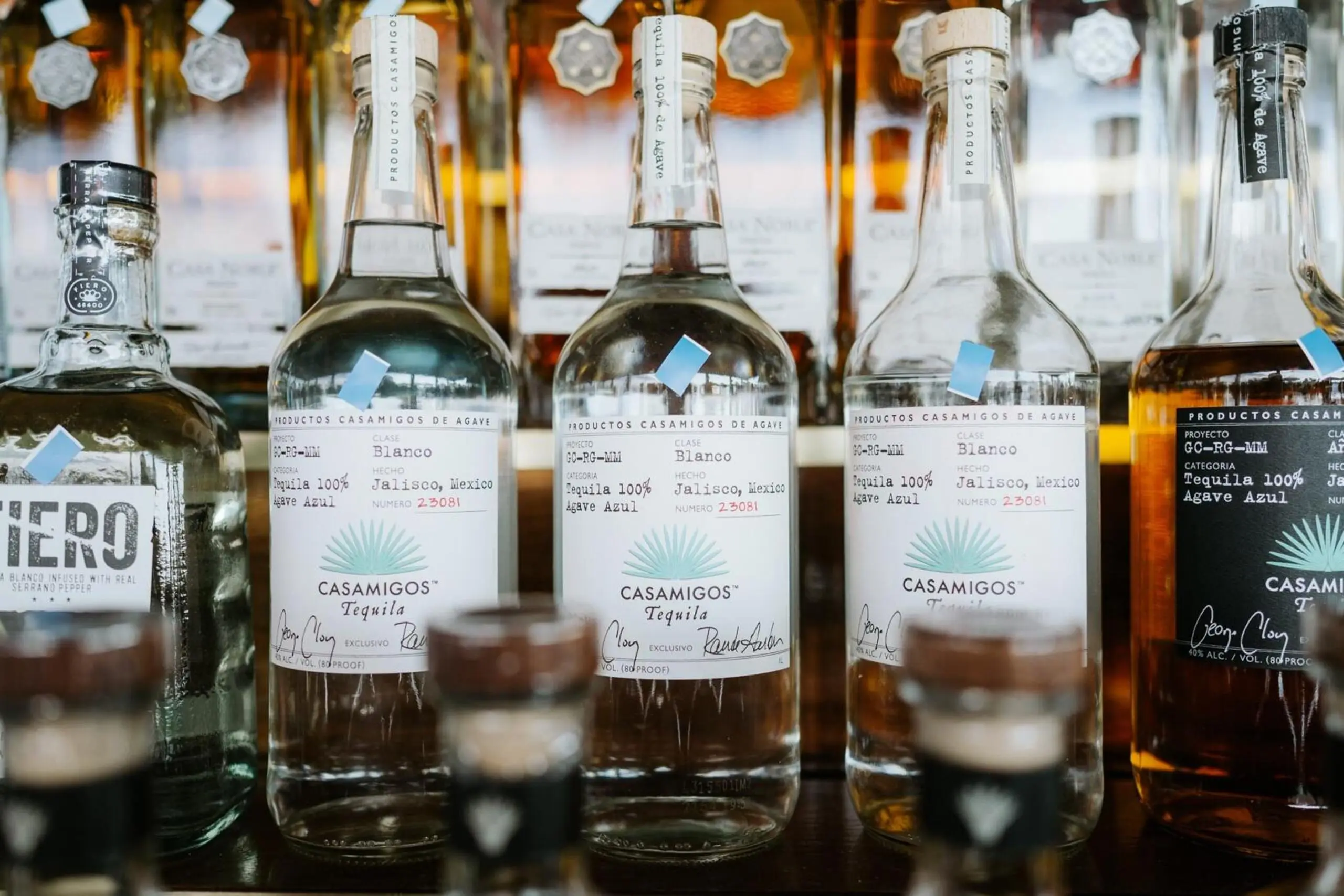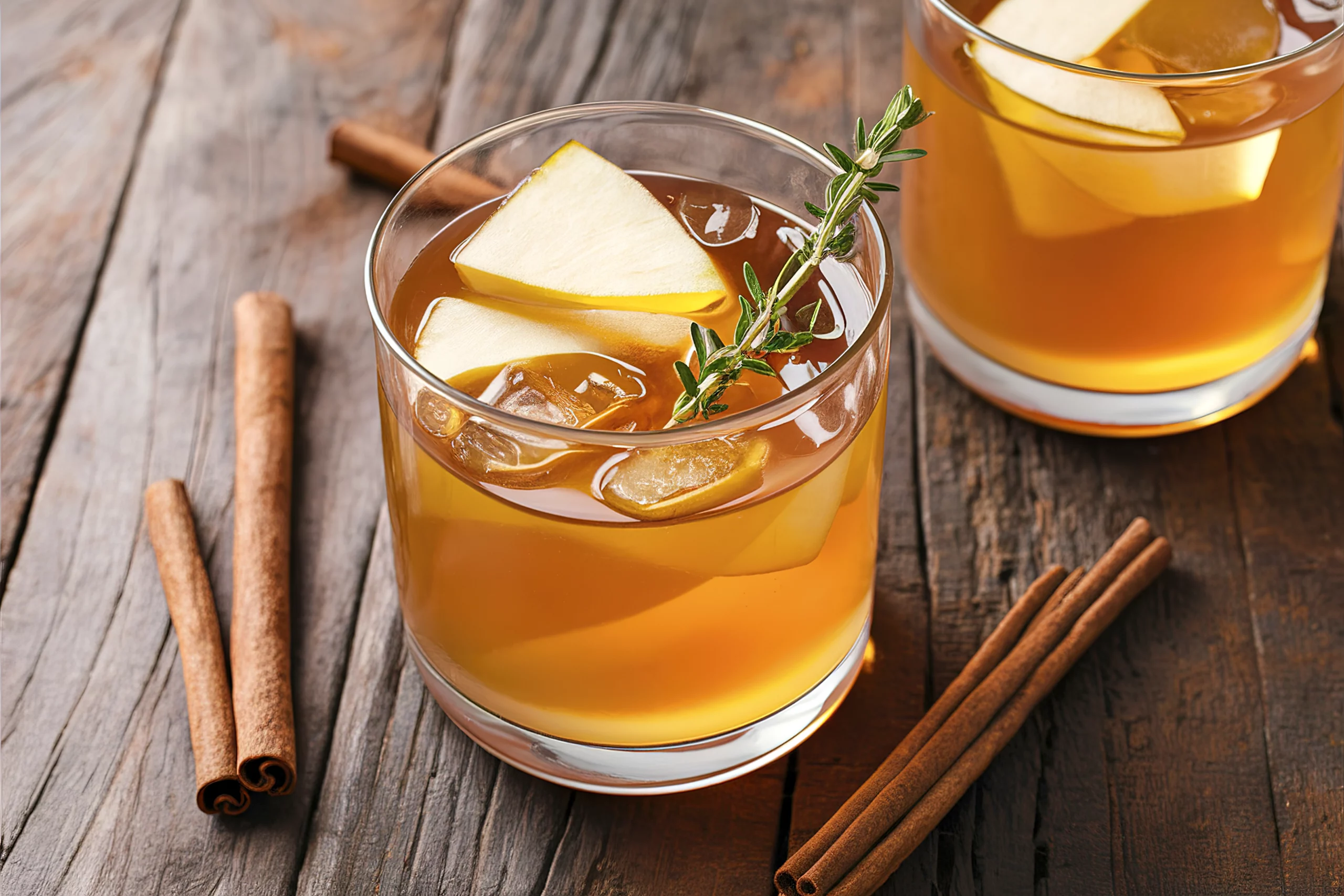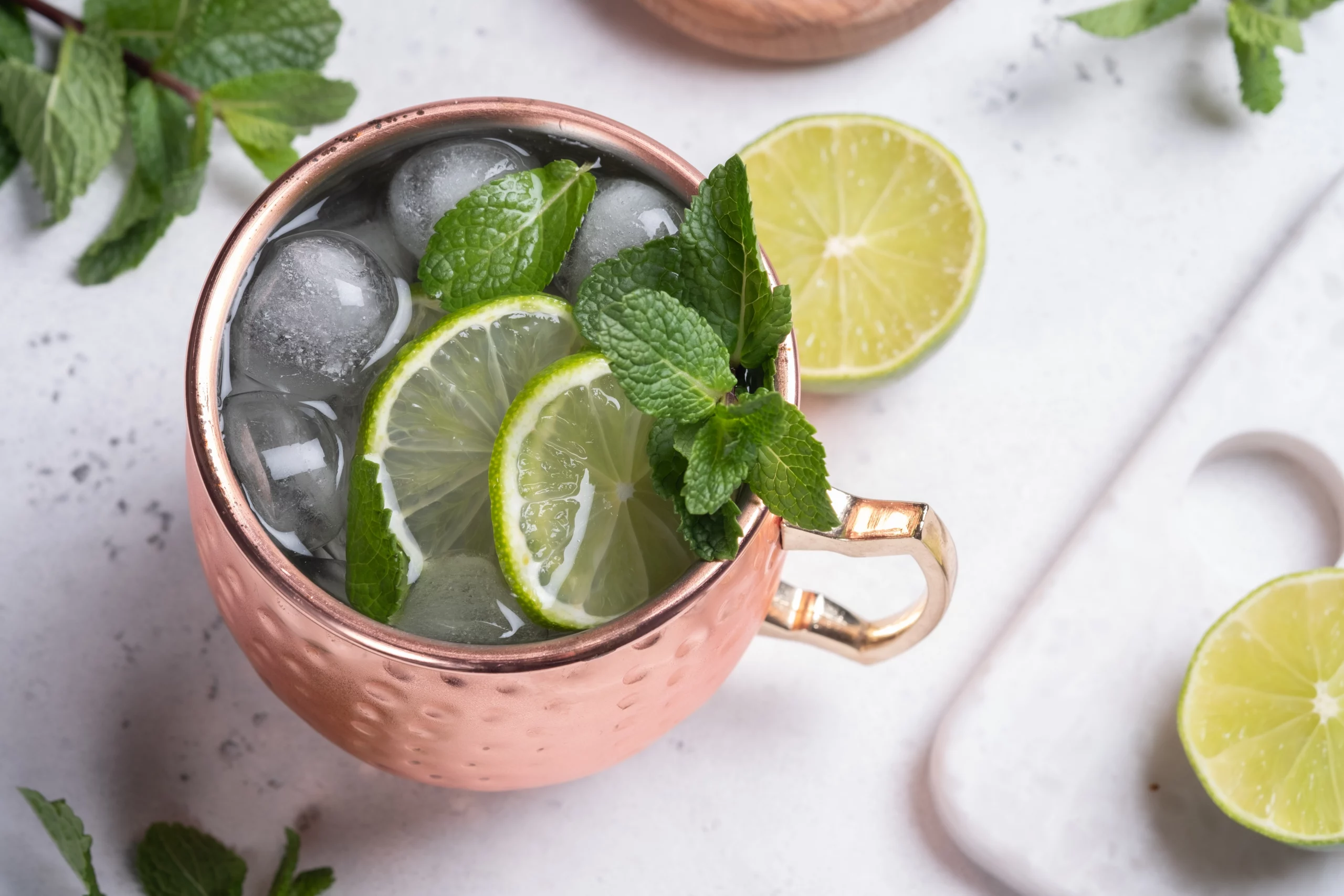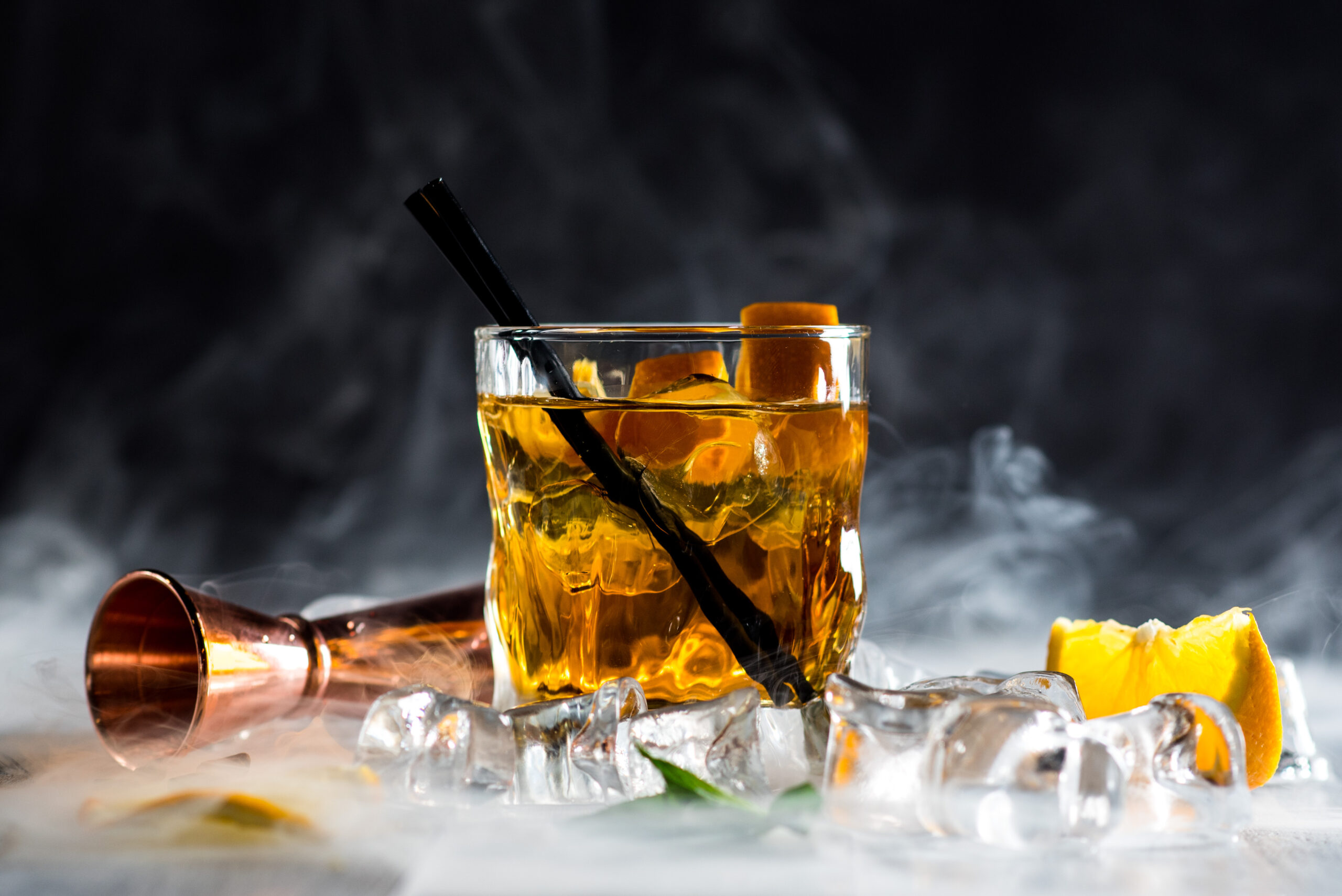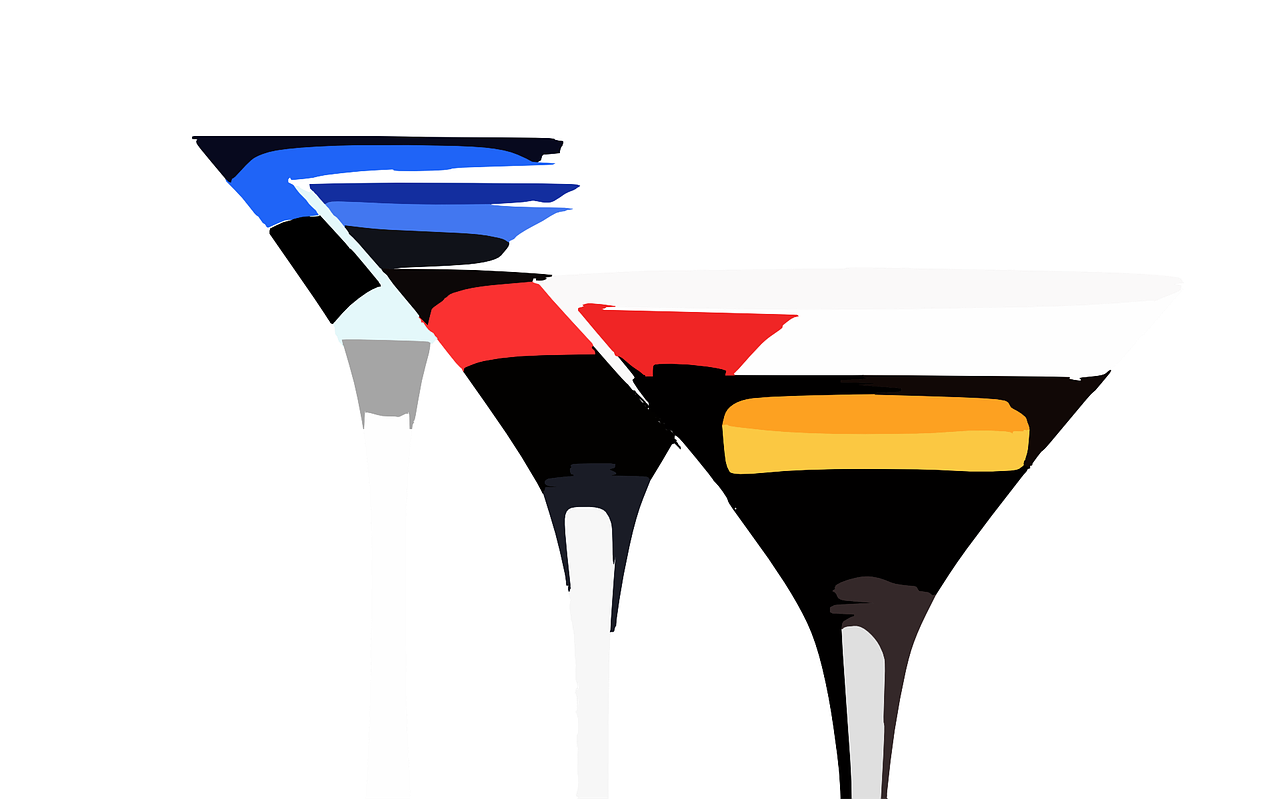Happy Hour—just the mention of it brings to mind discounted drinks, delicious bites, and a chance to unwind after a long day. But today’s Happy Hour is more than just a time for deals; it’s a cultural staple, a chance to socialize, and a beacon of hospitality for bars and restaurants worldwide. Yet, it wasn’t always this way. The concept of Happy Hour has evolved over decades, shaped by historical shifts, changing societal values, and trends in food and beverage. In this post, we’ll dive into the fascinating history of Happy Hour, how it transformed from a secret indulgence into a celebrated social ritual, and how it continues to adapt in the modern age.
The Origins of Happy Hour
Happy Hour’s story begins in the early 20th century, but not in a bar or restaurant. Instead, it started in the U.S. Navy. In the 1910s, sailors held weekly entertainment hours to blow off steam during long stretches at sea. These gatherings were often referred to as “Happy Hours” and featured music, dancing, wrestling matches, and other forms of entertainment to keep morale high.
In the 1920s, during Prohibition, the term “Happy Hour” took on a new meaning. The 18th Amendment banned the sale, production, and transportation of alcoholic beverages, creating an underground drinking culture across America. Speakeasies, hidden bars that served illegal alcohol, became popular, and pre-dinner gatherings known as “Happy Hours” emerged. Patrons would meet at speakeasies for cocktails and socialize before heading out for a legal, alcohol-free dinner. These gatherings allowed people to enjoy cocktails and company in defiance of the strict Prohibition laws.
Happy Hour Goes Mainstream: The End of Prohibition
When Prohibition ended in 1933 with the 21st Amendment, bars and restaurants across the United States re-opened their doors, but Happy Hour remained. However, this time, it was no longer a secret. Businesses noticed that people enjoyed socializing over drinks before dinner, so they began creating early evening specials to bring in patrons looking to unwind after work.
Throughout the 1950s and 60s, Happy Hour started taking on its modern form. Bars offered discounted drinks and light snacks to attract customers, especially during the typically slower early evening hours. For many Americans, the post-work drink became a ritual, a bridge between the end of the workday and the start of evening leisure. By the 1970s, the term “Happy Hour” was widely used across the country, and it was fully embraced by bars, lounges, and restaurants as a way to increase traffic during the quieter parts of the day.
Happy Hour Takes on New Life in the 1980s and 90s
The 1980s and 90s brought new changes to the Happy Hour scene, largely shaped by shifts in social attitudes and business strategies. As corporate culture boomed in the 1980s, Happy Hour became part of professional networking, where colleagues and clients would socialize outside the office. It was during this time that many restaurants and bars started offering more elaborate drink menus, moving beyond standard cocktails to craftier options. Signature drinks, trendy cocktails, and specialty beers were introduced, reflecting an expanding interest in mixology.
However, as Happy Hour’s popularity soared, so did concerns about public safety. Drunk driving became a national issue, with the formation of groups like Mothers Against Drunk Driving (MADD) campaigning to reduce alcohol-related accidents. Some states, like Massachusetts, responded by imposing restrictions or even banning Happy Hour promotions. Despite this, Happy Hour adapted to these changes, and the industry developed new strategies to balance fun and responsibility, including offering discounted non-alcoholic options, small plates, and partnering with safe ride services.
The Food Revolution of the 2000s
The 2000s brought a culinary revolution to Happy Hour. As the interest in food and dining experiences exploded, many establishments saw an opportunity to pair drinks with exciting food options, elevating Happy Hour beyond cheap cocktails and peanuts. Trendy bars and restaurants began offering extensive Happy Hour menus with small, shareable plates that emphasized quality and creativity.
Gastropubs, craft beer bars, and cocktail lounges embraced the “small plate” concept, offering dishes like sliders, tacos, charcuterie boards, and artisanal flatbreads. The emphasis on quality food drew a broader audience to Happy Hour, as it began to appeal not just to drinkers but also to food enthusiasts looking for affordable gourmet experiences.
In addition, craft cocktails became a significant part of the Happy Hour experience. Bartenders, now dubbed “mixologists,” began experimenting with high-quality ingredients and innovative techniques. As craft cocktail culture took off, people sought out unique drink experiences during Happy Hour, from barrel-aged cocktails to locally-inspired concoctions.
Happy Hour in the 2010s: The Rise of Customization and Experiences
With the rise of social media, the 2010s brought a new dynamic to Happy Hour, making it an even more integral part of people’s lifestyles. Instagram and Facebook helped popularize “brunch Happy Hours,” “reverse Happy Hours” (which start late at night), and “weekend Happy Hours” in addition to the traditional after-work time slot. Restaurants and bars also began offering unique Happy Hour events, like wine tastings, cocktail classes, and food pairings, transforming Happy Hour into an experience-driven occasion rather than just a quick drink after work.
The 2010s also saw increased interest in customization and healthier options. Many bars and restaurants began offering more options for dietary preferences, with gluten-free, vegetarian, and even low-alcohol or alcohol-free cocktails. The rise of the health-conscious consumer led to “wellness Happy Hours,” which include non-alcoholic drinks, kombucha, and even mocktail flights. With customization and inclusivity, Happy Hour became a welcoming space for everyone, from the cocktail enthusiast to the mindful drinker.
Modern Happy Hour: A Social Mainstay Adapted for the 2020s
In the 2020s, Happy Hour continues to adapt to changing social dynamics and technological trends. The COVID-19 pandemic, for example, temporarily transformed Happy Hour from a public gathering to a home-based ritual. Virtual Happy Hours became popular, with people connecting over video calls to enjoy a drink or two together from afar. Many bars offered “Happy Hour kits” for customers to create cocktails at home, which allowed bars to maintain connections with patrons and helped people replicate the Happy Hour experience in their living rooms.
As bars and restaurants reopened, Happy Hour became a vital part of bringing people back together. Establishments increasingly used Happy Hour to encourage in-person connections while maintaining health and safety guidelines. The concept also embraced sustainability, with some bars offering “zero-waste” cocktails, made from food scraps or reclaimed ingredients, and locally-sourced snacks to align with today’s environmental concerns.
Many restaurants now use Happy Hour to create unique, immersive experiences. In addition to drink deals, some host live music, trivia nights, or art shows. This evolution of Happy Hour reflects the increasing importance of creating a memorable, multi-sensory experience that extends beyond just drinks and food.
The Future of Happy Hour: Where Do We Go From Here?
The enduring popularity of Happy Hour lies in its adaptability. As consumer preferences continue to shift, Happy Hour is likely to see further evolution. Here are a few trends that might shape the future of this cultural ritual:
- Sustainable and Zero-Proof Options: As sustainability and health-consciousness continue to grow, bars and restaurants will likely emphasize zero-proof and low-proof cocktails, as well as sustainable, locally-sourced ingredients.
- Technological Integration: Apps that allow customers to order and pay directly from their phones are already popular, and Happy Hour may embrace further technological advancements, like virtual reality for remote experiences or interactive cocktail-making robots.
- Focus on Experience: Unique, themed Happy Hours (like karaoke nights, art and wine pairings, or DIY cocktail classes) are likely to become even more popular as people seek experiences rather than just cheap drinks.
- Increased Inclusivity: The Happy Hour of the future will likely prioritize inclusivity by offering beverages for every preference and ensuring accessibility for a diverse audience.
Conclusion
From the underground gatherings of the Prohibition era to today’s experience-driven events, Happy Hour has come a long way. It’s no longer just a time for cheap drinks; it’s a chance to connect, unwind, and explore new tastes. The evolution of Happy Hour mirrors changes in society, technology, and culture, making it a constantly refreshing part of our social lives. Whether you’re enjoying a classic cocktail or a zero-proof option, one thing is clear: Happy Hour is here to stay, and its future looks bright. Cheers to the past, present, and future of Happy Hour!


